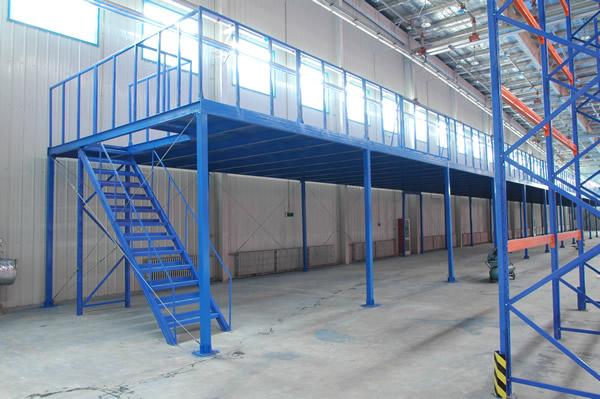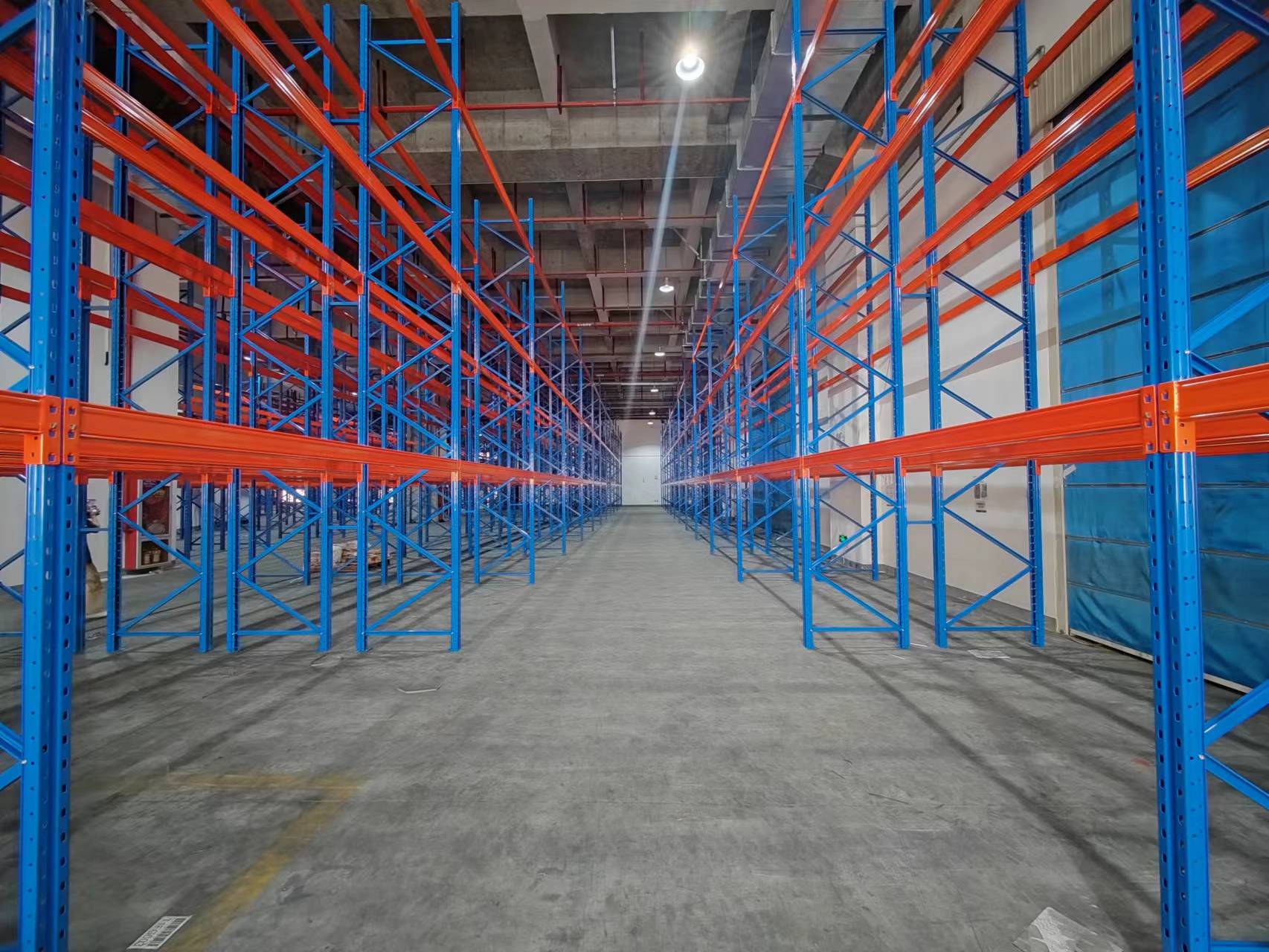Optimizing your warehouse space is non-negotiable for efficient logistics and inventory management. At the heart of this optimization lies the warehouse racking system. Choosing and implementing the right system impacts everything from storage density and picking speed to worker safety and overall operational costs. This comprehensive guide dives deep into the critical aspects of warehouse racking systems, covering how to select the right warehouse racking system manufacturer, navigate the complexities of warehouse racking system design, understand warehouse racking system price factors, and ensure a smooth warehouse racking system installation.

A well-planned warehouse racking system is far more than just metal shelves. It’s a strategic asset that:
Maximizes Vertical Space: Utilizes the often-underused cubic volume of your warehouse, significantly increasing storage capacity without expanding the building footprint.
Improves Inventory Accessibility: Organizes SKUs logically, reducing travel time for pickers and forklift operators, speeding up order fulfillment.
Enhances Safety: Properly designed and installed racking provides clear aisles, protects inventory from damage, and reduces the risk of collapses – a critical consideration when selecting a warehouse racking system manufacturer committed to standards.
Increases Productivity: Streamlined workflows enabled by good warehouse racking system design lead to faster receiving, put-away, picking, and shipping.
Protects Inventory: Keeps goods organized, off the floor (protecting against moisture and damage), and secure within designated locations.
Enhances Scalability: Modular designs allow systems to grow and adapt as your inventory profile and business needs change.
Your warehouse racking system is a long-term investment in safety and efficiency. Partnering with a reputable warehouse racking system manufacturer is crucial. Here’s what to prioritize:
Experience and Reputation: Look for manufacturers with a proven track record in your industry and with similar project scales. Check references and online reviews. A manufacturer specializing in heavy-duty pallet racking might not be the best fit for a small parts storage solution.
Compliance and Certification: Ensure the manufacturer adheres to stringent international and local safety standards. Key certifications include ISO 9001 (Quality Management) and compliance with standards like RMI (Rack Manufacturers Institute) in North America, FEM in Europe, or AS4084 in Australia. Their products should be rigorously tested and certified.
Product Range and Customization: Does the warehouse racking system manufacturer offer the specific types of racking you need (selective, drive-in, pallet flow, cantilever, etc.)? Can they provide custom solutions if standard configurations don't perfectly fit your requirements?
Material Quality and Sourcing: Inquire about the grade of steel used, coating processes (e.g., powder coating for corrosion resistance), and quality control measures during production. Reputable manufacturers are transparent about their materials.
Engineering Support: A top-tier warehouse racking system manufacturer will provide qualified engineers to assist with the initial warehouse racking system design and load calculations, ensuring structural integrity.
After-Sales Support: Consider warranty terms, availability of replacement parts, and technical support post-purchase and warehouse racking system installation.
